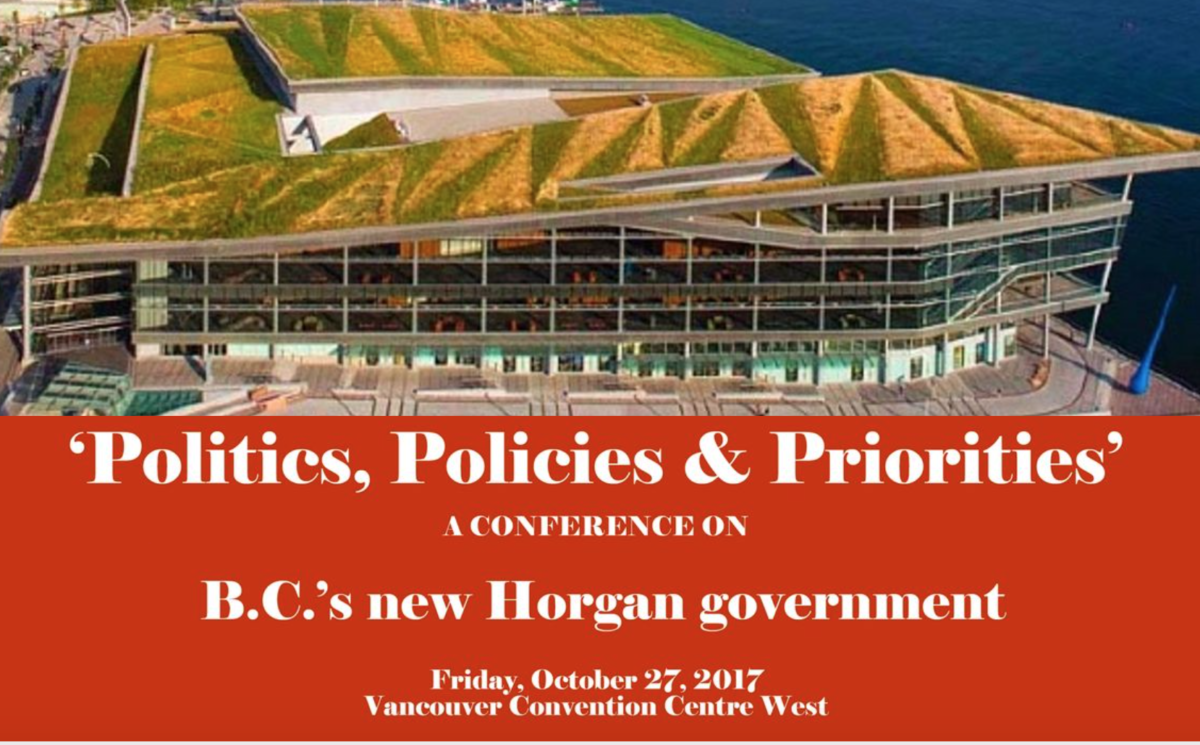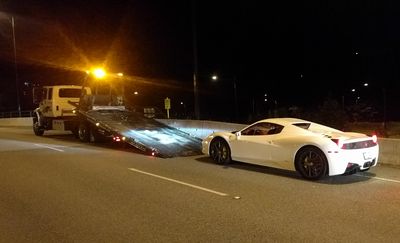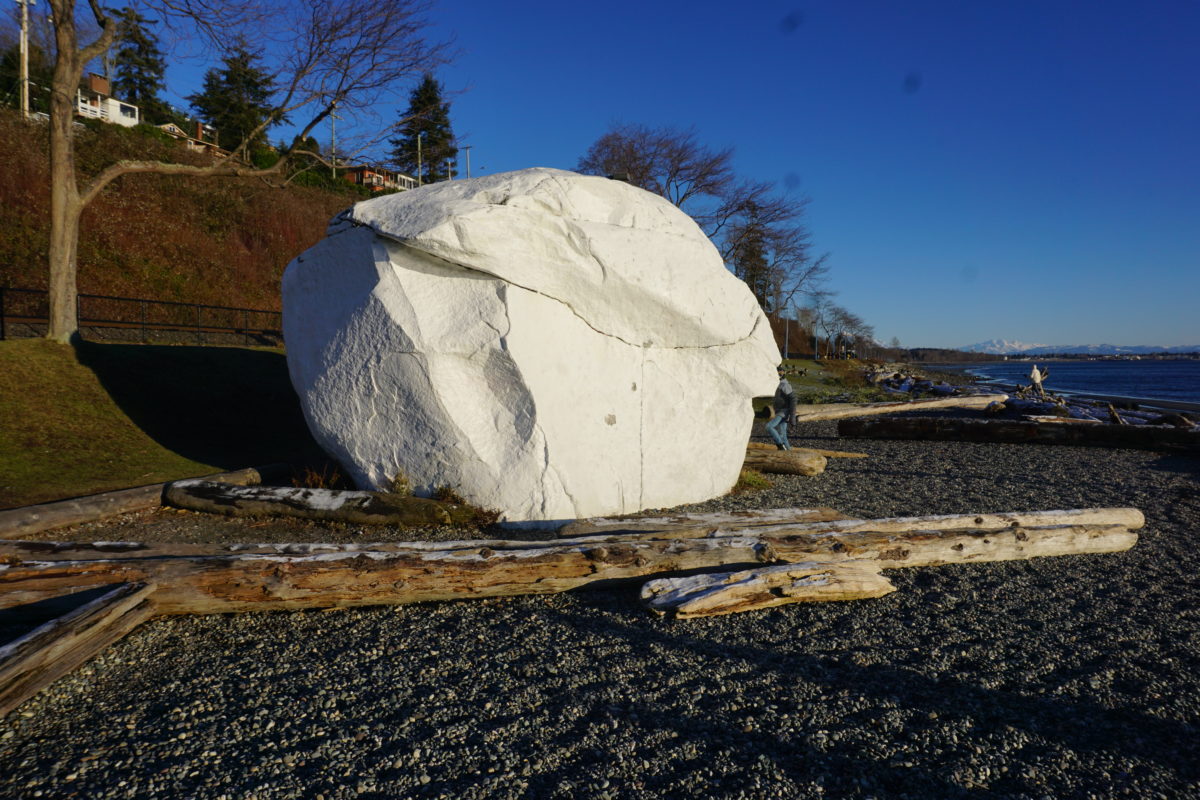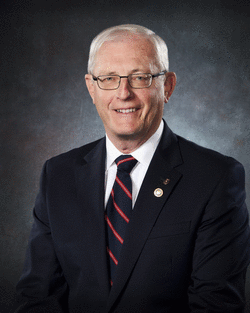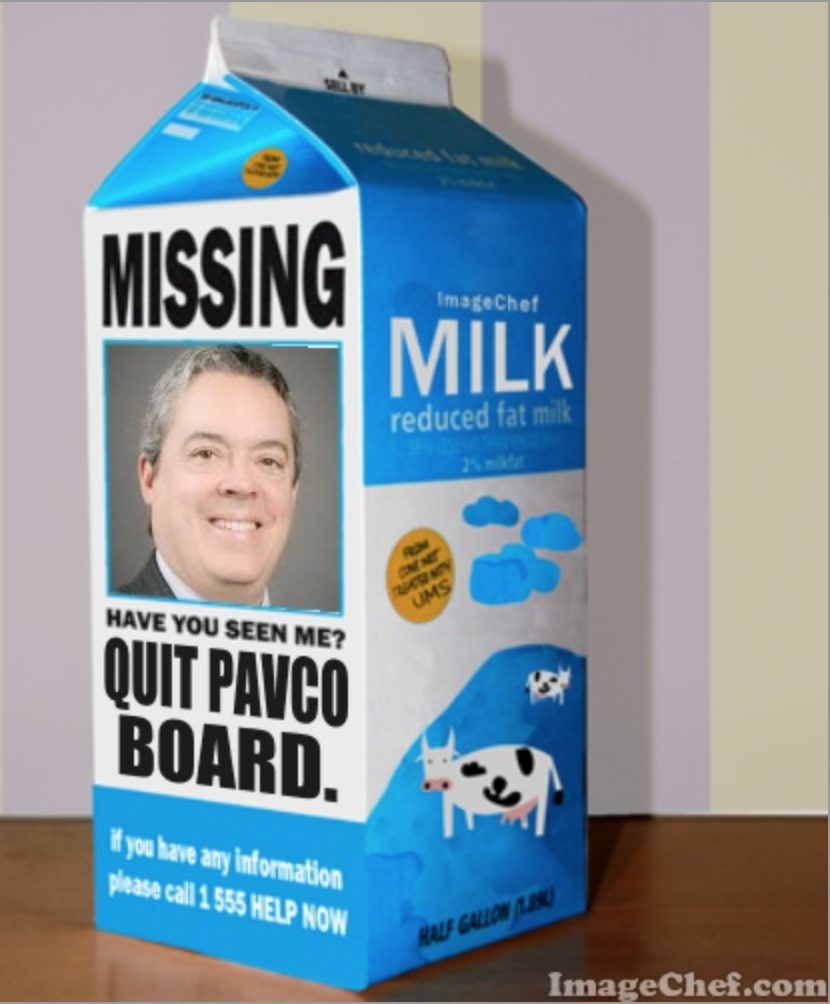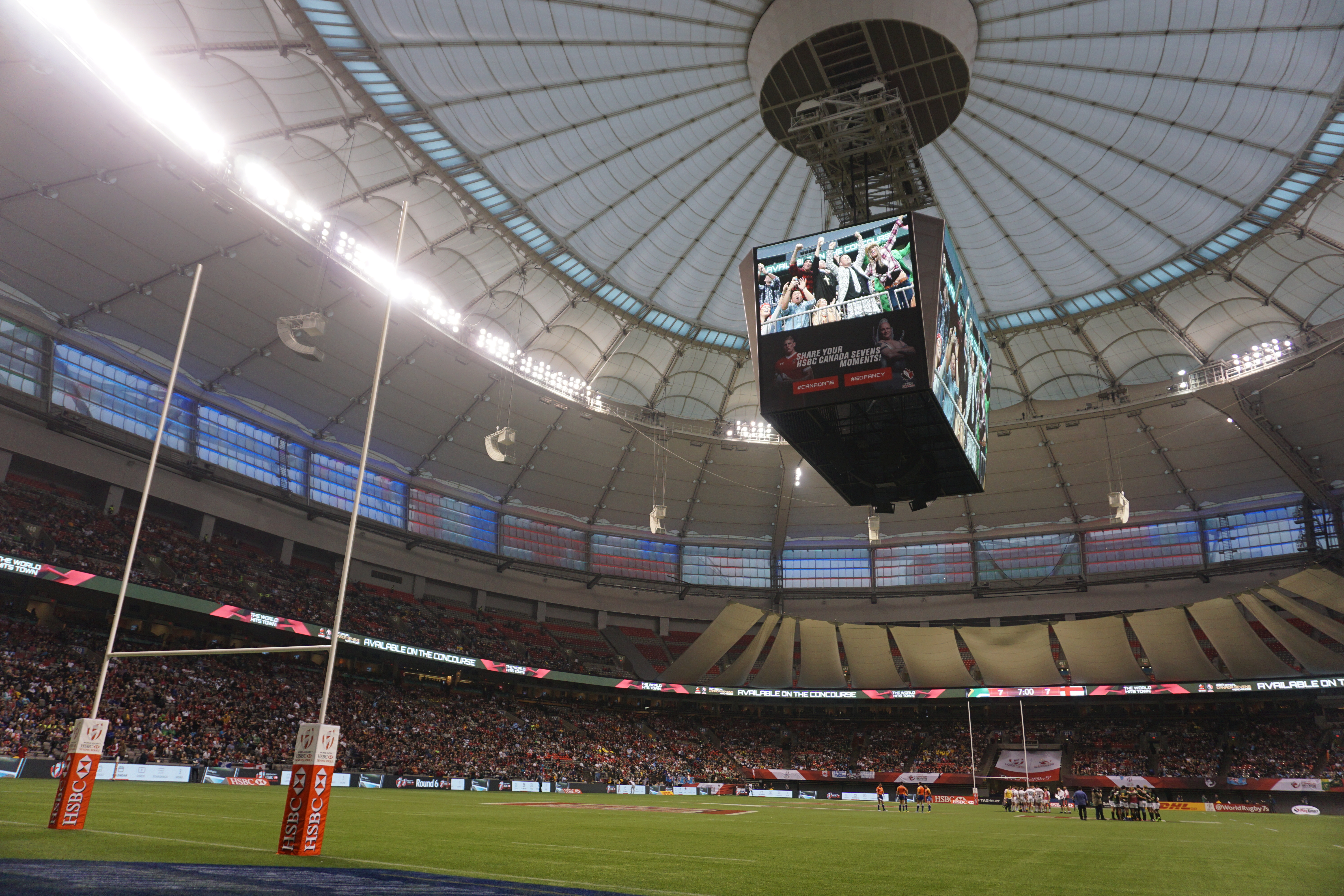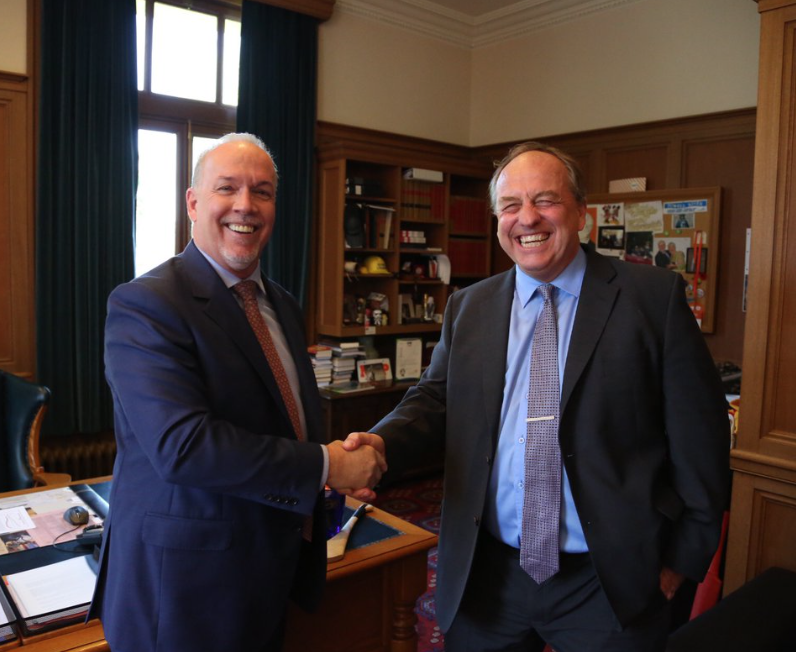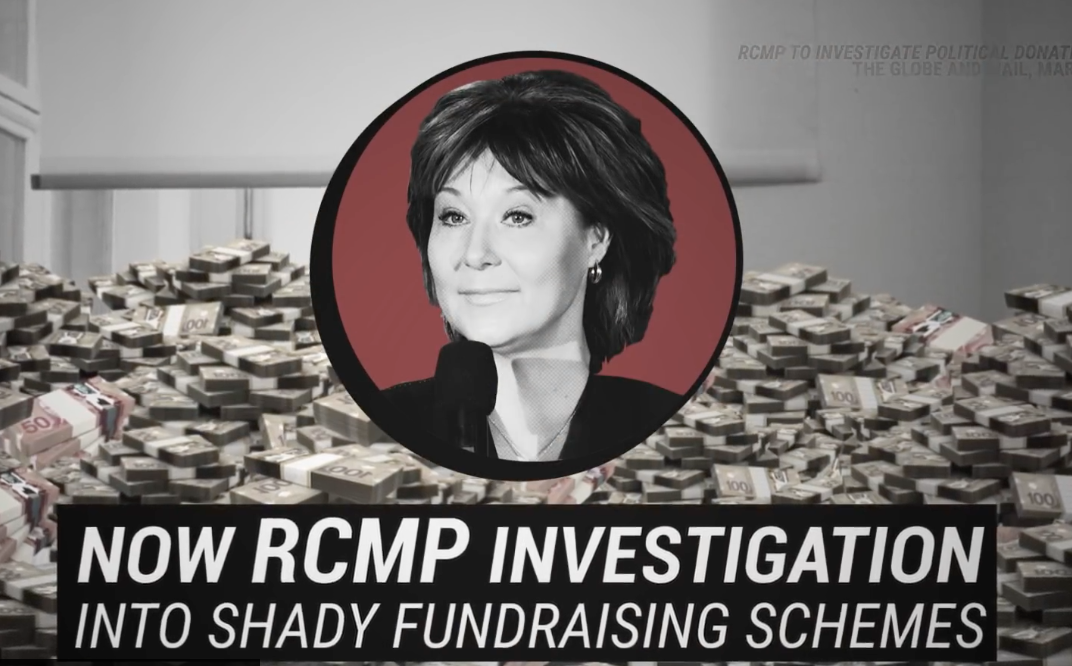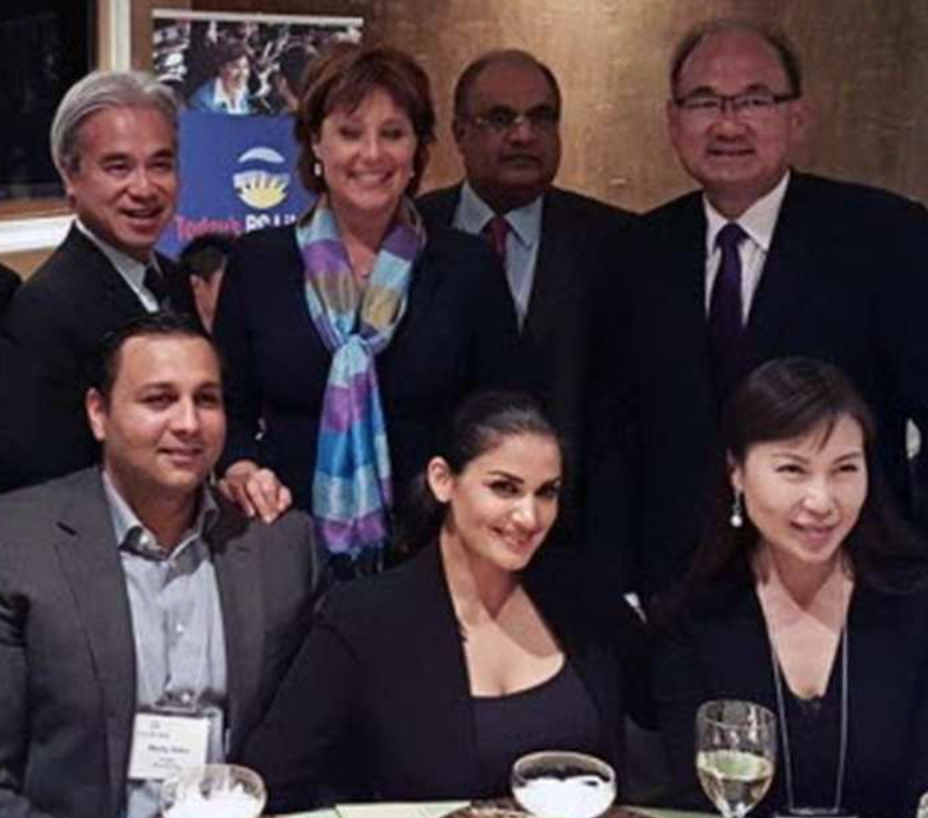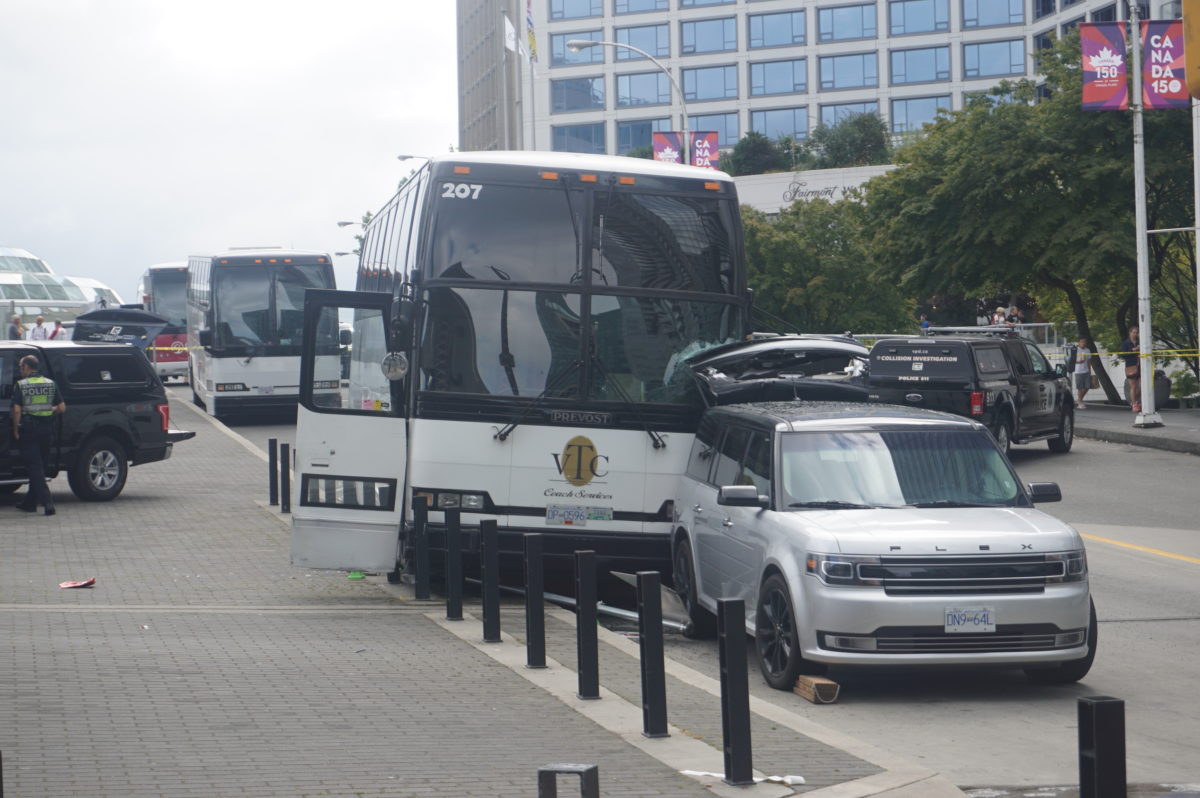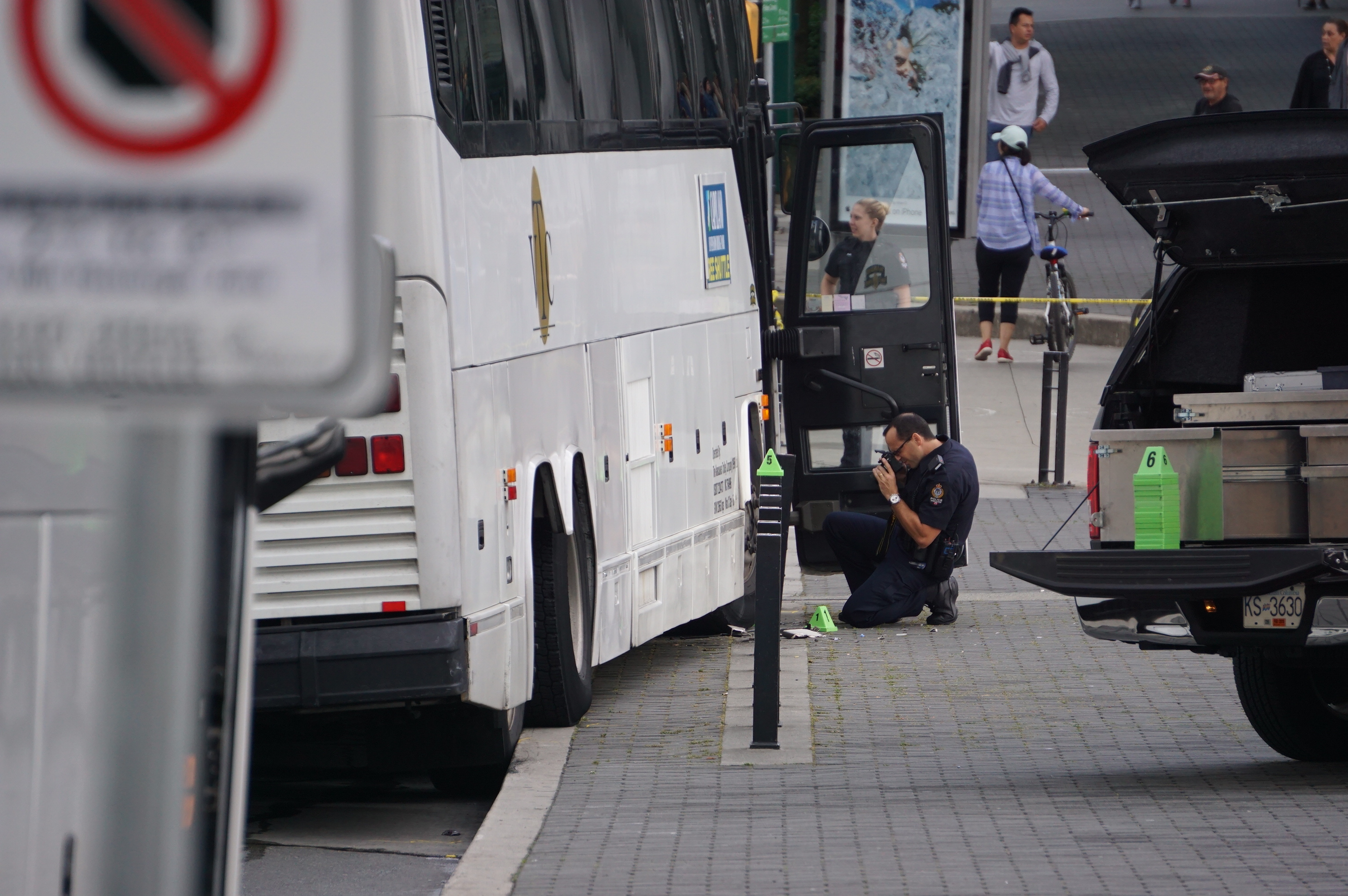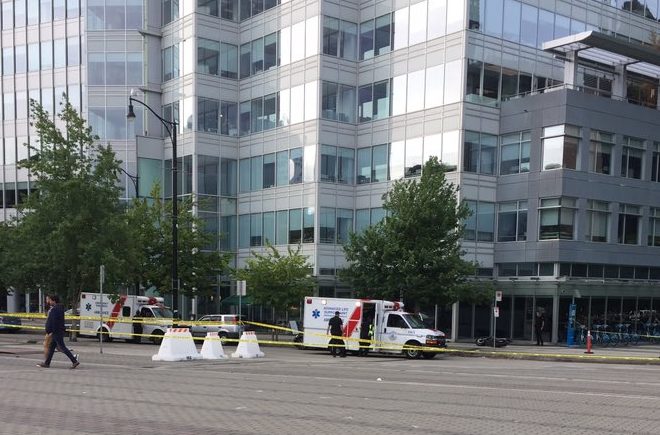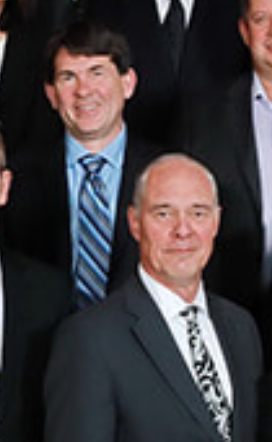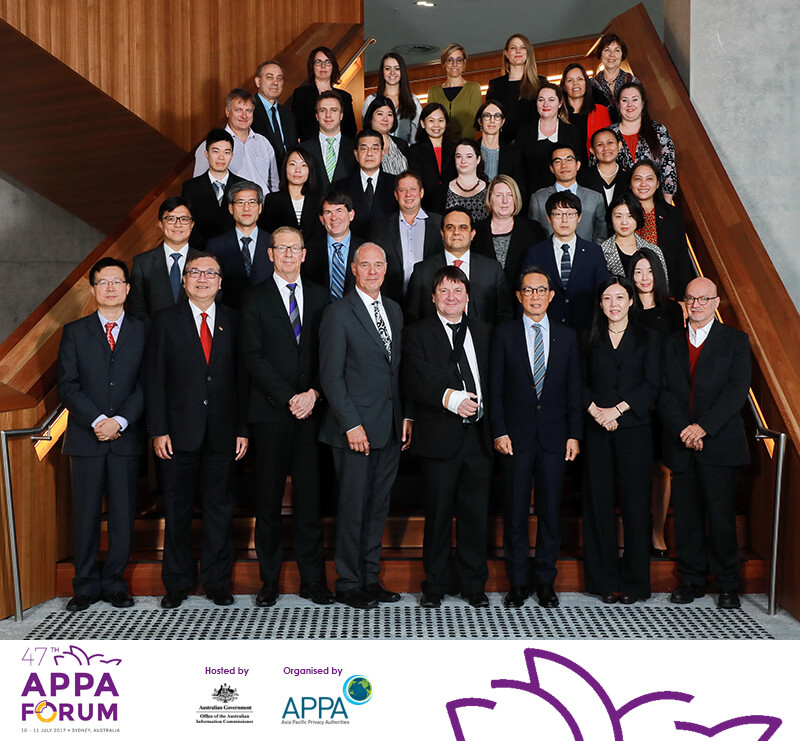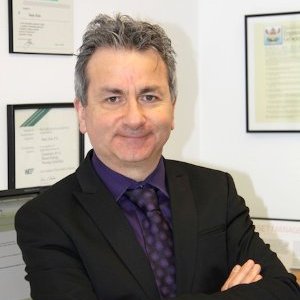Strange bedfellows behind expensive conference boosting B.C.’s NDP government
Bob Mackin
One of four people who incorporated a company that is promoting a fall conference featuring Michelle 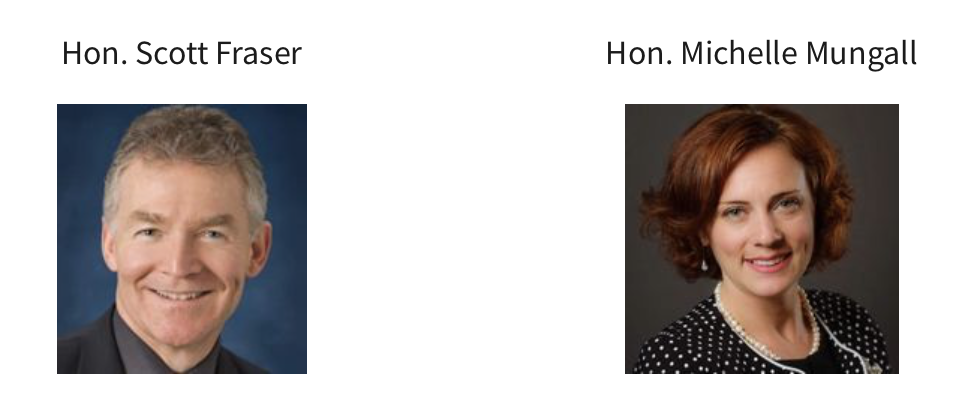 Mungall became top aide to the energy, mines and petroleum minister when the NDP government was sworn-in, theBreaker has learned.
Mungall became top aide to the energy, mines and petroleum minister when the NDP government was sworn-in, theBreaker has learned.
Lori Winstanley and Ed Presutti of Vernon and Kristy Fredericks and Will McMartin of Surrey registered Composite Public Affairs on June 27, according to the B.C. corporate registry. Mungall and Indigenous Relations Minister Scott Fraser are the keynote speakers at Composite’s Oct. 27 “Politics, Policies and Priorities: A Conference on B.C.’s New Horgan Government,” at the Vancouver Convention Centre. Tickets start at $245 or $1,800 for a table of eight.
The website includes an invitation from retired Surrey NDP MLA Sue Hammell, who is identified as Composite’s executive vice-president, but is not a director of the consultancy.
Winstanley and Presutti’s names were removed from the company registration on July 18, the same day that Winstanley was appointed to a $94,500-a-year job as Mungall’s ministerial assistant. The Composite events website was registered three days later on July 21 and it says that the company is “led by” Hammell and McMartin. CompositePublicAffairs.com was registered May 31, and updated June 14, by Winstanley.
Winstanley’s LinkedIn profile says she has worked on NDP campaigns since 1983 and was director of strategic communications from 2006 to 2012 with MoveUp, the union that represents claims, licensing and testing workers at ICBC. It does not mention her previous work as an aide to social services minister Joan Smallwood after the NDP’s Mike Harcourt became premier in 1991. Winstanley incporated a company called Composite Consulting Group in 1996. According to its latest filing, on Aug. 9, 2016, she was the sole officer of the company.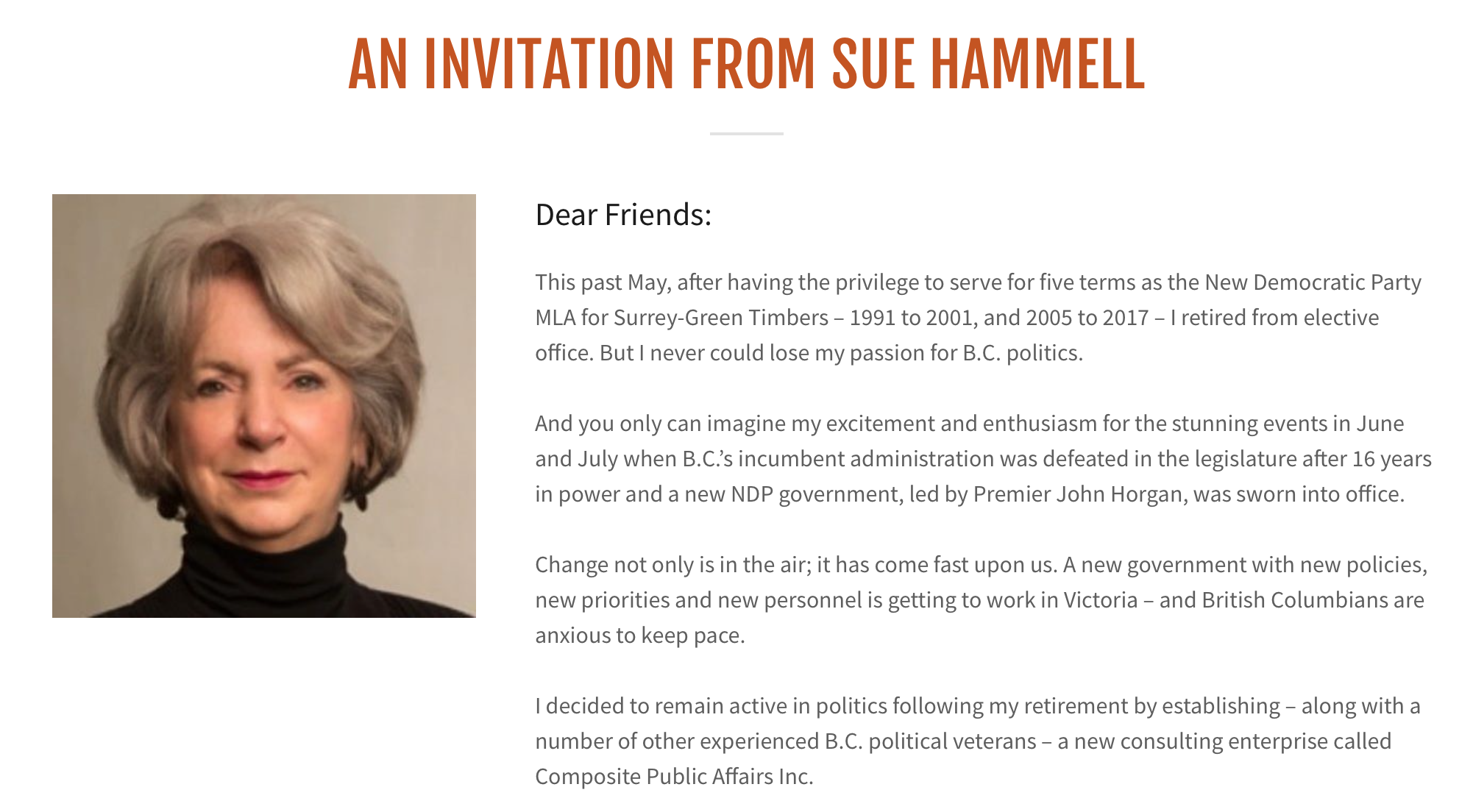
theBreaker left a message for Hammell on the phone number from the Composite website. Fredericks responded and said that Hammell was unavailable for an interview because she is caring for her ill husband.
Fredericks denied that Hammell was organizing the conference and said she had been retained by Phoenix Strategies under a professional services contract. Fredericks described Composite as a wholly-owned subsidiary of Phoenix.
‘Awkward optics’
“A member of the general public can only walk away believing that Sue Hammell is a principal in this company,” said IntegrityBC’s Dermod Travis. “The fact that it seems to be a subsidiary of Phoenix Strategies isn’t mentioned anywhere that I can find on this website adds to the murkiness of both the company itself and the conference.”
Phoenix is a New Westminster company incorporated in 2015 by McMartin and Fredericks as the publisher of their B.C. Political Report newsletter. McMartin and Fredericks worked with the BC Conservatives under leader John Cummins until they were laid-off two months before the 2013 election.
One of the key target markets for the $245 tickets, which increase to $295 on Sept. 15, is obviously the lobbying industry. Fredericks rejected the notion that Hammell is indirectly lobbying her former caucus, by being involved in such a conference. She also denied her company is receiving favourable treatment from the taxpayer-owned Vancouver Convention Centre. “The final, total expenditure — some costs, such as food, depend on attendance and currently are unknown — will be significant,” Fredericks said.
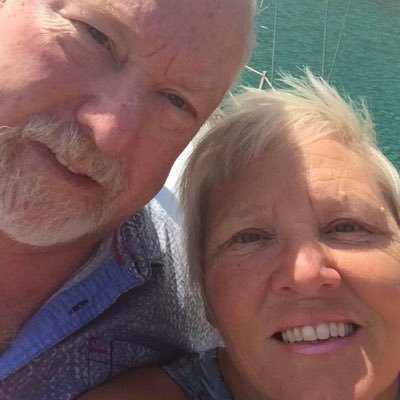
Presutti (left) and Winstanley (Twitter)
The government provided theBreaker a joint statement from Fraser and Mungall via Mungall’s spokesman, David Haslam.
“Elected officials in B.C. – and most jurisdictions around the world – are asked to speak at conferences on any number of issues and challenges that public officials are elected to help solve,” Haslam wrote. “Professionally organized conferences provide a platform for public and constructive dialogue. Conference fees in both the public and private sector are common practice to help pay the cost of the venue, food, organization, and promotion of a conference.”
Travis said the optics around the event are awkward.
“It’s also reflective of something that the public got tired of with the previous government,” he said. “This idea that people who can afford to write out cheques get to have access to politicians and other insiders in the government that the general public can’t have. This is certainly not putting the best foot forward after the promise of a new way of doing things in B.C.”
Stay tuned. theBreaker will tell you more about the who’s who of the conference tomorrow.
Bob Mackin One of four people who incorporated






